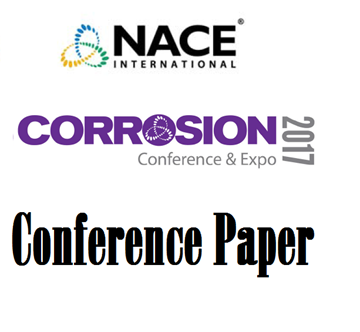Search
51318-10911-Field Examination of AC Accelerated Corrosion Featured in Monitored Locations
Also Purchased
AC Interference and Mitigation: Heartland Case Study
Product Number:
51317--9461-SG
ISBN:
9461 2017 CP
Publication Date:
2017
$20.00
Researches on AC Corrosion Risk Assessment Criteria for Cathodically Protected Carbon Steel
Product Number:
51317--8962-SG
ISBN:
8962 2017 CP
Publication Date:
2017
$20.00
51315-5594-Requirements of Coupon AC Current Density Affecting AC Corrosion of Buried Steel Pipelines
Product Number:
51315-5594-SG
ISBN:
5594 2015 CP
Publication Date:
2015
$20.00




